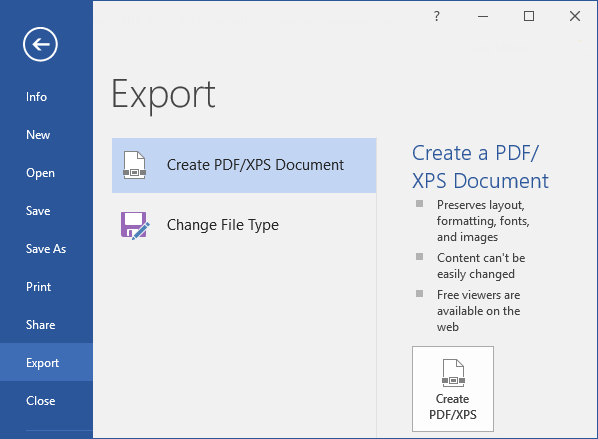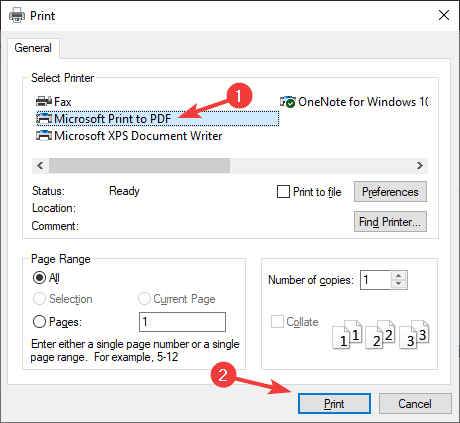Choose the Add Text Box tool from the Comment toolbar. Click in the PDF. Choose the Text Properties icon in the Comment toolbar, and then select the. Update: Using Acrobat 9 and a similar technique, you can highlight all the words at once. See Searching and Marking Multiple Words in a PDF. Acrobat has powerful search capabilities, but one feature which is lacking is persistent highlighting via search. I discovered an interesting workaround to this problem after pondering this email message from a customer.
How To Highlight Pdf Files

Removing A Highlight On Pdf
Abstract Background Cell-wall digestibility is the major target for improving the feeding value of forage maize. An understanding of the molecular basis for cell-wall digestibility is crucial towards breeding of highly digestible maize. Results 865 candidate ESTs for cell-wall digestibility were selected according to the analysis of expression profiles in 1) three sets of brown-midrib isogenic lines in the genetic background of inbreds 1332 (1332 and 1332 bm3), 5361 (5361 and 5361 bm3), and F2 (F2, F2 bm1, F2 bm2, and F2 bm3), 2) the contrasting extreme lines of FD (Flint × Dent, AS08 × AS 06), DD1 (Dent × Dent, AS11 × AS09), and DD2 (Dent × Dent, AS29 × AS30) mapping populations, and 3) two contrasting isogenic inbreds, AS20 and AS21. Out of those, 439 ESTs were assembled on our 'Forage Quality Array', a small microarray specific for cell wall digestibility related experiments. Transcript profiles of 40 lines of a Flint × Flint population were monitored using the Forage Quality Array, which were contrasting for cell wall digestibility. Using t-tests (p Conclusion 102 candidate genes for cell-wall digestibility were validated by genetical genomics approach. Although the cDNA array highlights gene types (the tested gene and any close family members), trans-acting factors or metabolic bottlenecks seem to play the major role in controlling heritable variation of gene expression related to cell-wall digestibility, since no in silico mapped ESTs were in the same location as their own eQTL. Transcriptional variation was generally found to be oligogenic rather than monogenic inherited due to only 26% ESTs detected a single eQTL in the present study. One eQTL hotspot was co-localized with cell wall digestibility related QTL cluster on bins 3.05, implying that in this case the gene(s) underlying QTL and eQTL are identical. As the field of genetical genomics develops, it is expected to significantly improve our knowledge about complex traits, such as cell wall degradability. Comprehensive knowledge of the lignin pathway and cell wall biogenesis will allow plant breeders to choose the best genomic targets controlling these characters, for improving forage digestibility through genetic engineering or marker-assisted selection.

